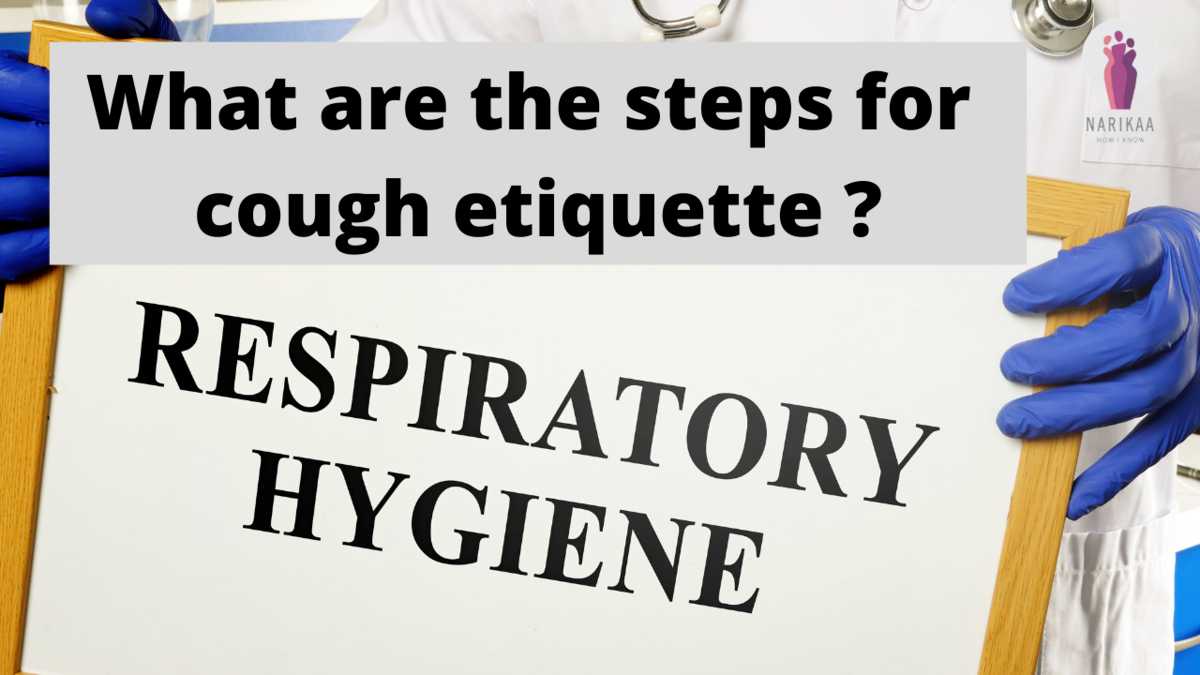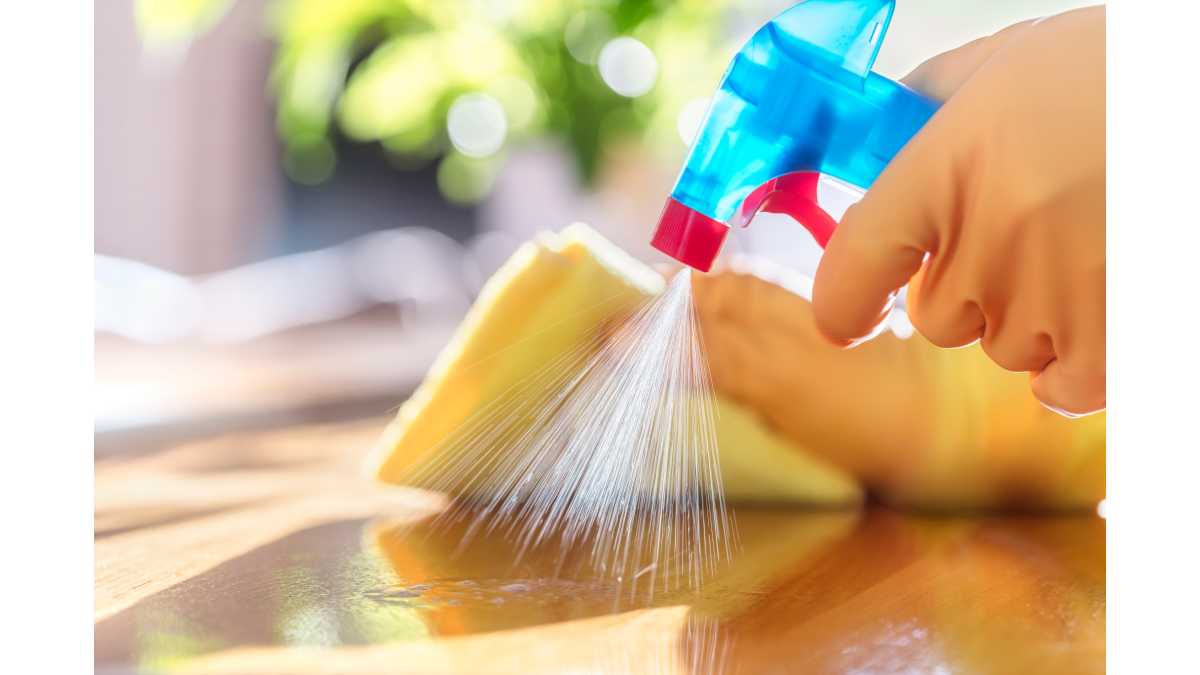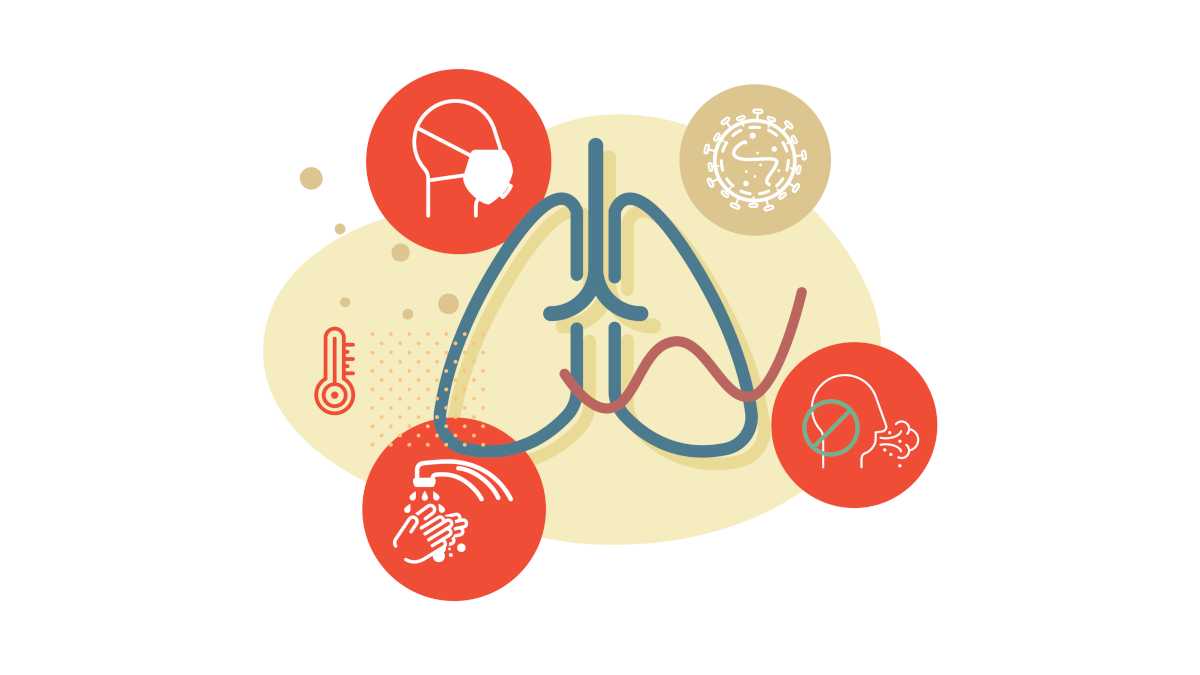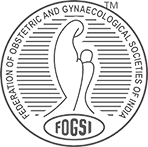Promoting good hand hygiene is one of the most basic yet powerful tools advised by health experts that can reduce the spread of the global pandemic, COVID-19.
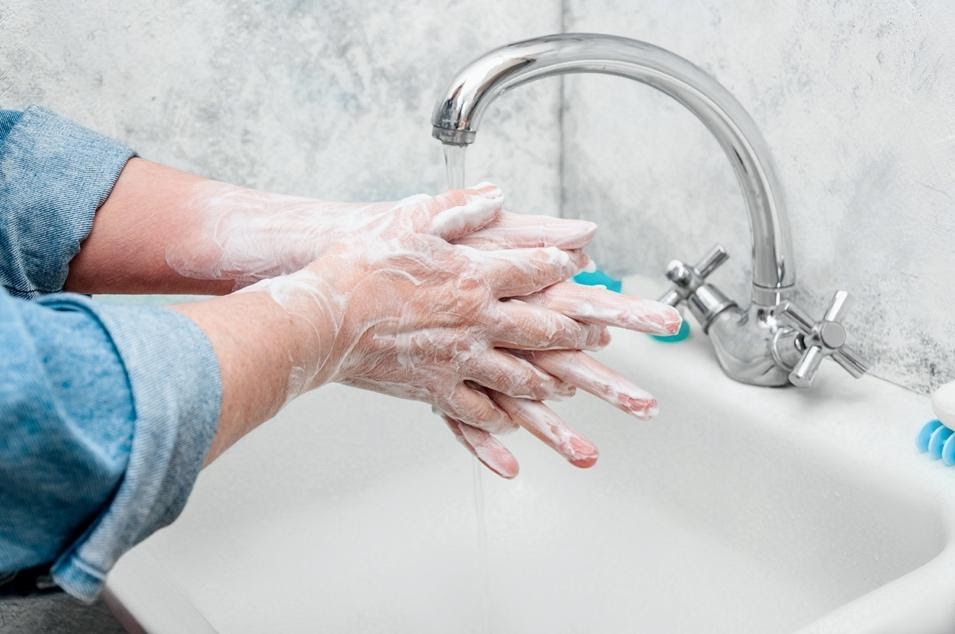
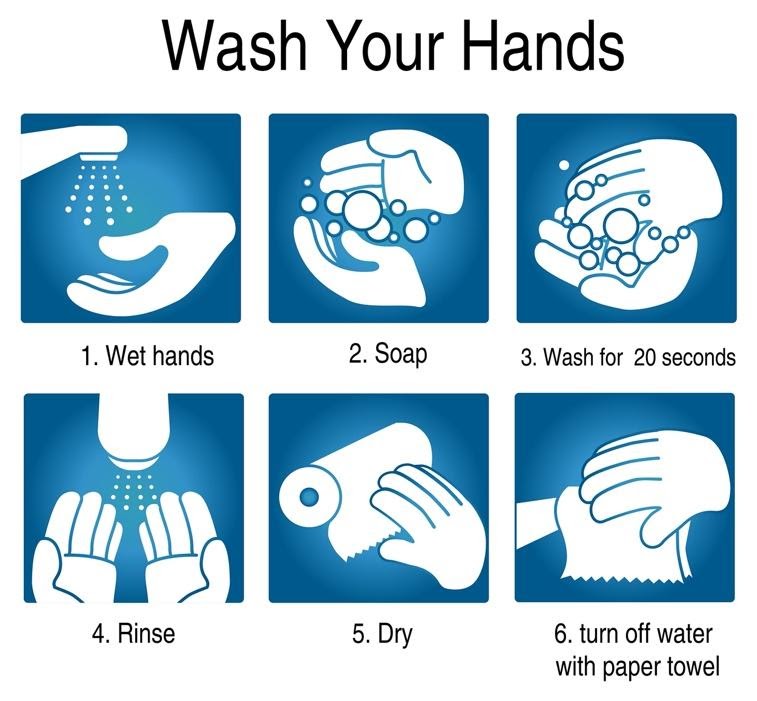
Why is Hand hygiene important for fighting COVID-19?
- Hands are the main pathways of germ transmission
- Hands have a crucial role in the transmission of COVID-19.
- The virus primarily spreads through droplet and contact transmission which means by touching infected people and/or contaminated objects or surfaces.
- Thus, your hands can spread the virus to other surfaces and/or to your mouth, nose, or eyes if you touch them.
How does Hand Hygiene help?
- Washing hands frequently with soap, helps in removing the germs and getting rid of the virus.
- Coronaviruses, like COVID-19, are encased in a lipid envelope which is basically, a layer of fat. Soap can break that fat apart and make the virus unable to infect you.
- It also makes the skin slippery so that with enough rubbing, we can pry germs off and rinse them away.
- If you can’t wash your hands, use a hand sanitizer instead. Lipid membrane viruses like coronaviruses are killed by alcohol-based hand sanitizer.
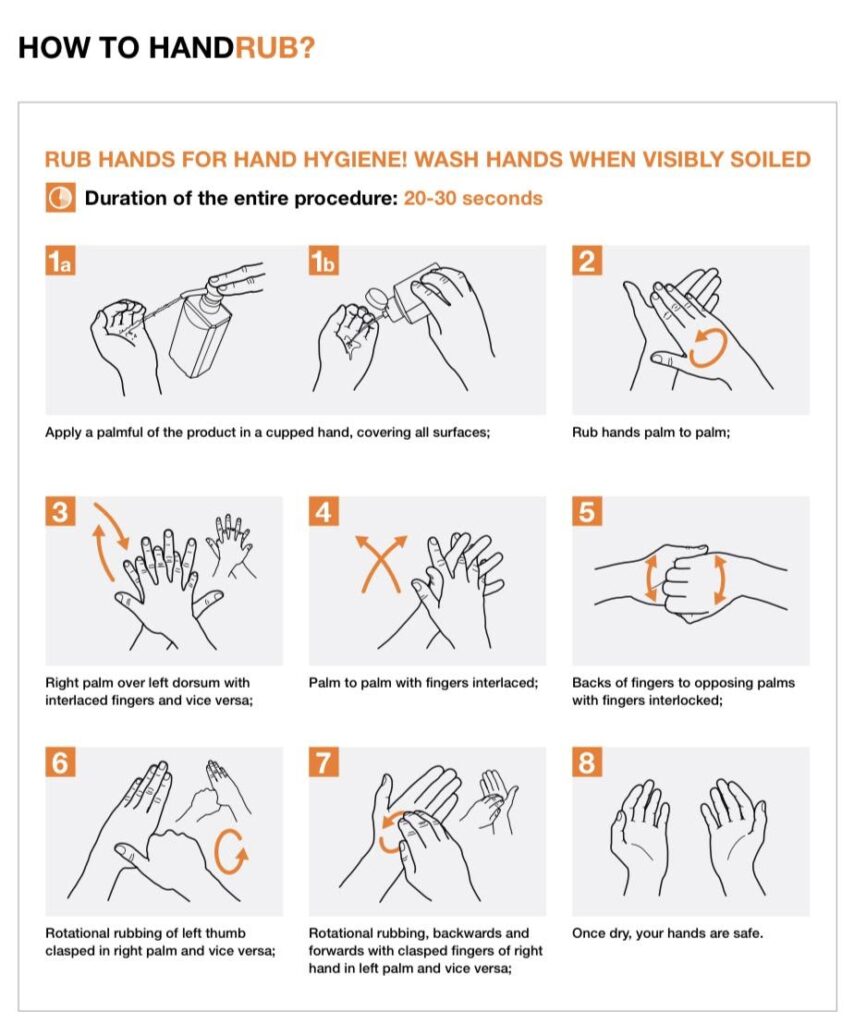
How should one practice handwashing?
Handwashing requires five simple steps:
- Wet: Put both your hands under clean, running water.
- Lather: Apply a generous amount of soap to the inside and back of your hands as well as your fingertips. Wash your hands for at least 20 seconds or as long as it takes to sing “Happy Birthday” twice and don’t forget to wash under jewelry and fingernails.
- Scrub: Rub both hands together and move your fingertips around both hands. You don’t need a scrub brush. You don’t need to make harsh, scrubbing movements.
- Rinse: Return both hands to the running water and gently wash away the soap.
- Dry: Completely dry the water from your hands. Using a disposable towel or paper towel is best to avoid leaving germs on towels. Air dryers, commonly found in public bathrooms, are also effective.
When does one need to wash their hands?
Social hand hygiene i.e. routine handwashing with soap and water (warm) to remove dirt and organic material, dead skin, and most transient organisms is recommended universally. Handwashing throughout the day is important, especially in these situations:
- After returning from a public place like a grocery store, work, school, hospital, etc.
- Before leaving the bathroom, both at home and in public bathrooms.
- In case you have done a handshake with someone.
- After blowing your nose, coughing, or sneezing.
- Before and after caring for someone at home who is sick with symptoms of COVID-19 or is COVID-19 positive.
- After using public computers, touching public tables and countertops, cash and coins, other people’s phones, lift doors and buttons, doorknobs, entrance gates etc.
- After collecting food or grocery deliveries or anything that has been delivered at home from outside.
- Before, during, and after preparing food, especially raw food.
- Before eating food.
- Before and after treating a cut or wound.
- After changing diapers or cleaning up a child who has used the toilet.
- After touching garbage.
- After putting on your shoes.
- After touching an animal, animal feed, or animal waste.
When should I use a hand sanitizer?
Alcohol-based hand sanitizer that contains at least 60% alcohol is helpful in protecting against the spread of germs and viruses. However, handwashing with soap and water is still the best method. Hand sanitizer is effective when soap and water are not available. This includes when taking public transportation and it’s difficult to get to a bathroom like when traveling.
What are the other things to consider to maintain good hand hygiene?
- Using clean, running water is important. Never wash your hands by submerging them in a basin or bowl of standing water. This water could contain germs that continue to live there.
- Avoid touching doorknobs, toilet flush handles, and faucets after washing your hands. Try using a paper towel, the sleeve of your clothing, a scarf, or gloves to protect your hands and fingers against germs.
- Chlorinated water at 0.05% is not recommended for routine hand hygiene because it has skin and other toxic effects.
- Avoid keeping hand sanitizers unattended around small children as accidentally drinking can be poisonous.
Conclusion
Conducting hand hygiene at the right time, using the right technique, are critical measures each of us can take to protect ourselves, each other, and those who care for us, as well as health and frontline workers during this time of COVID-19.
Special thanks to Dr. ARUN MADHAB BORUAH (MD, Ph.D., FICOG, FICMCH) for expert advice.


